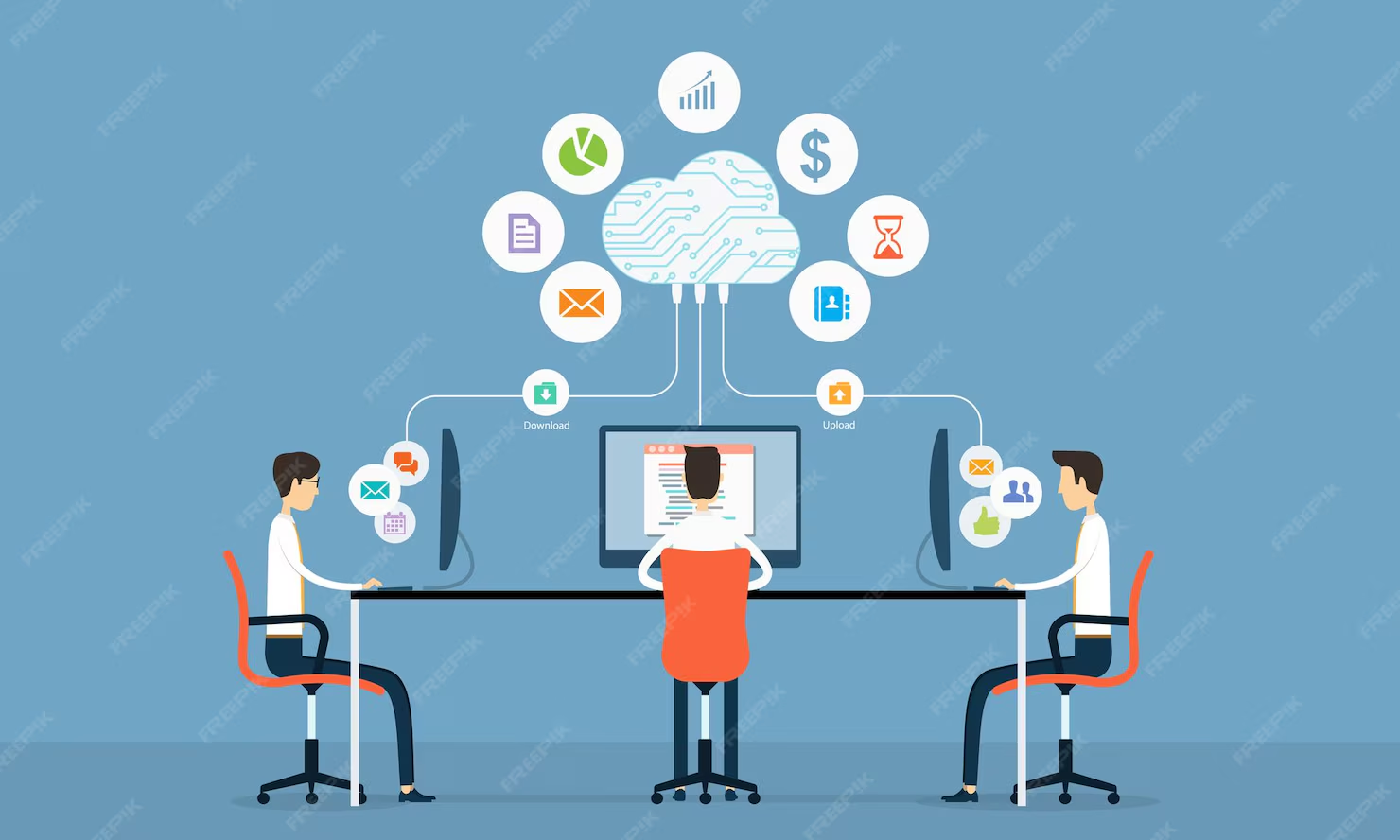These phases typically include:
Planning and Discovery:
During this phase, the organization defines its implementation goals and objectives, establishes a project team, and conducts a thorough assessment of its current business processes. This phase also involves identifying key stakeholders, defining roles and responsibilities, and outlining the project timeline and budget.
Requirements Gathering and Design:
In this phase, the project team collaborates with key stakeholders to gather detailed business requirements. This includes understanding process workflows, data structures, reporting needs, and system integrations. Based on these requirements, a solution design is created, outlining how NetSuite will be configured to meet the organization’s specific needs.
Configuration and Customization:
Once the solution design is finalized, the NetSuite system is configured to align with the organization’s business processes. This involves setting up company-specific data, such as chart of accounts, customer and vendor records, and inventory items. Customizations may also be implemented to address unique business requirements that are not covered by out-of-the-box functionality.
Data Migration:
During this phase, existing data from legacy systems or spreadsheets is migrated to NetSuite. This includes customer records, vendor information, product data, and transactional data such as sales orders, purchase orders, and inventory balances. Data cleansing, transformation, and mapping are performed to ensure accuracy and integrity during the migration process.
Testing:
Comprehensive testing is conducted to verify that the configured NetSuite system meets the defined requirements and performs as expected. This includes functional testing to validate individual processes, integration testing to ensure seamless data flow between NetSuite and other systems, and user acceptance testing to confirm that end-users are satisfied with the system’s usability and functionality.
Training and User Adoption:
To ensure a smooth transition, training sessions are conducted to familiarize end-users with the NetSuite system. This includes training on core processes, system navigation, and using specific features and functionalities. User adoption strategies are implemented to encourage end-users to embrace the new system and promote its successful integration into daily operations.
Go-Live and Post-Implementation Support:
Once testing and training are complete, the NetSuite system is ready for production use. The organization transitions from the legacy systems to NetSuite, with appropriate data cut-off and cutover processes in place. Post-implementation support is provided to address any issues or questions that arise and to continuously optimize and enhance the system based on user feedback and evolving business needs.
Throughout the implementation process, effective project management, communication, and collaboration among the project team, stakeholders, and NetSuite implementation partners are essential to ensure a successful implementation and achieve the organization’s desired outcomes.
See our NetSuite Implementation service offerings.








